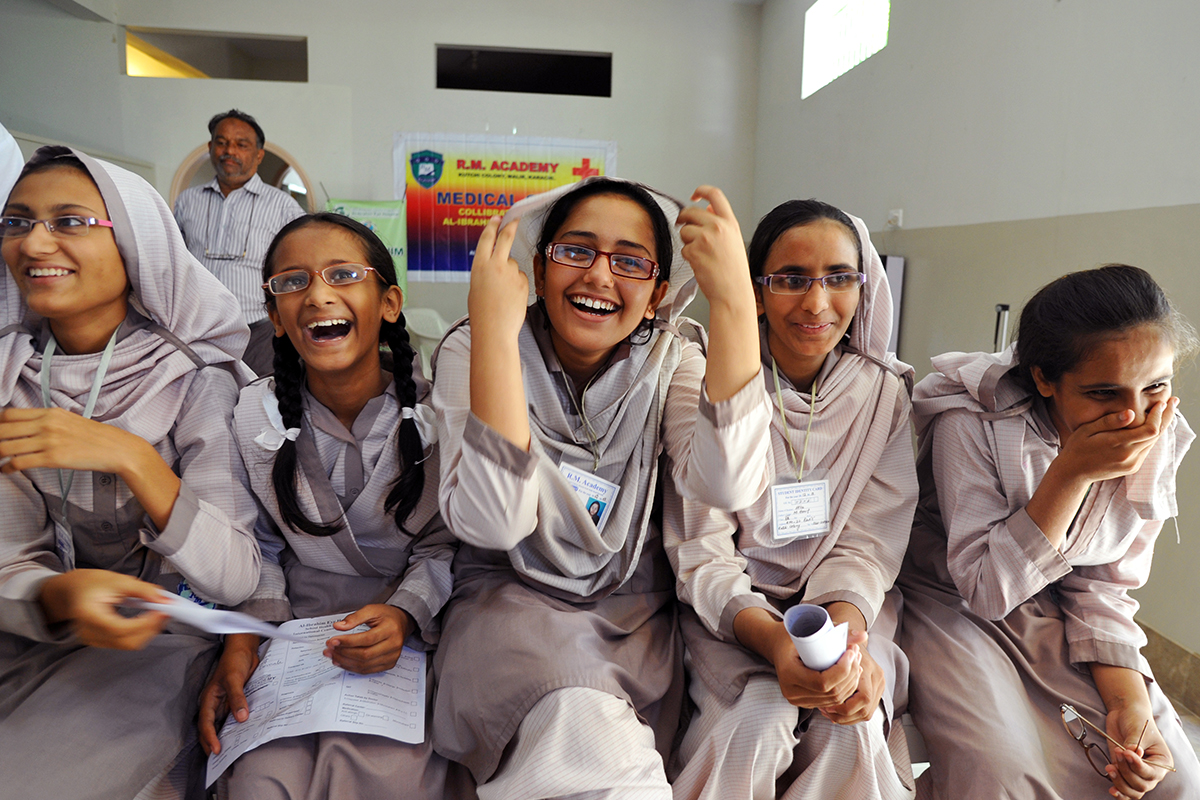Join a powerful, unprecedented alliance for better eye health for all.
Join IAPBVision loss has far-reaching implications, for the women affected, as well as their families, communities and economies. For girls with vision loss, it is almost impossible to access education, locking them out of future employment and perpetuating a cycle of poverty.

Image by Usman Jamshed for the Brien Holden Vision Institute Foundation